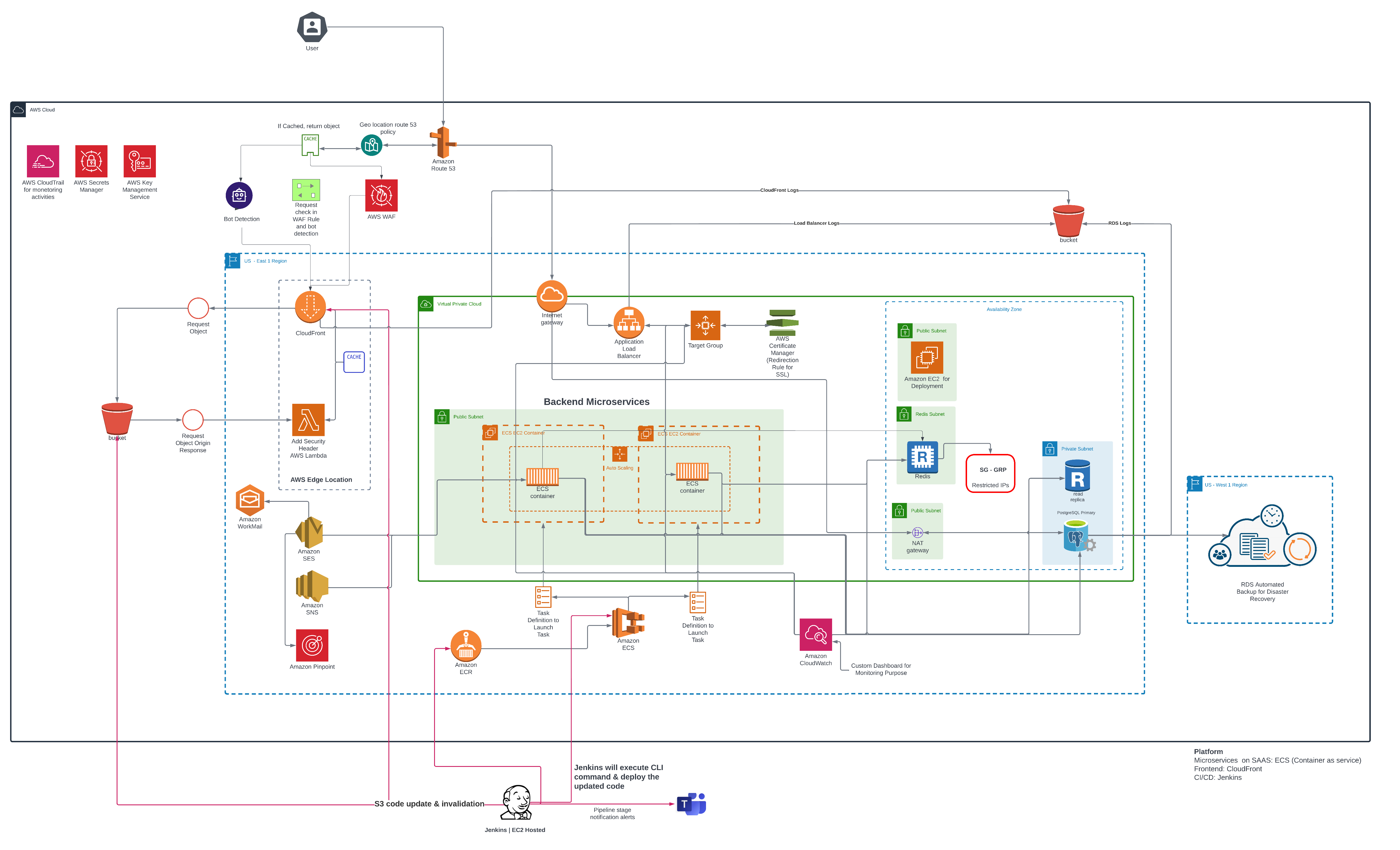TagB: A scalable parking and valet management system
Category: Automobile/SaaS
Services: Managed Engineering Teams, DevOps, AWS Managed Service ECS, Cloud Architecture Design, and Review
Category: Automobile/SaaS
Services: Managed Engineering Teams, DevOps, AWS Managed Service ECS, Cloud Architecture Design, and Review

Tag B Group is a well-known transportation, parking, garage management, and valet service provider based in Washington, D.C. It wanted to create a scalable solution to maintain a full parking and valet management system for multiple users and vendors, with a focus on multi-tenancy, security, database, and infrastructure as a code.
Our solution delivered the following results for our client:
